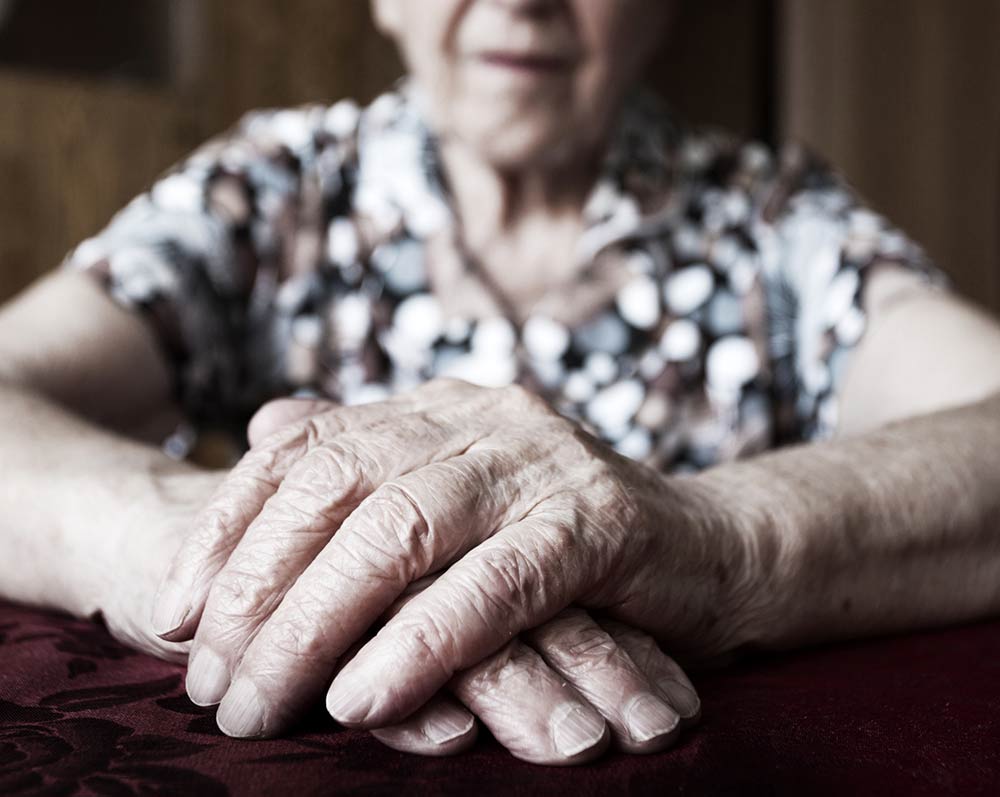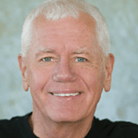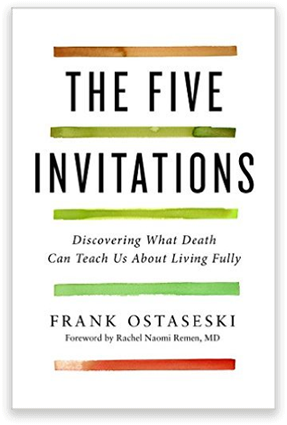“Only the wounded physician (clinician) heals. The pains and burdens one bears and eventually overcomes is the source of great wisdom and healing power for others.” – Carl Jung
A teacher of mine once remarked, “You will help people most who are going through things you’ve gone through yourself.”
My mom wasn’t the ideal mother. She could turn her love on and off in an instant. Yet one afternoon when I was about five years old, she taught me an invaluable lesson. I cut my hand while playing with a pocketknife. I was terrified because there was blood everywhere. My mother took one look at the wound and calmly said, “Oh, I think we need the magic towel for this one.” Then she pulled me up onto her lap, wrapped my hand in a towel hanging from the stove, and held me until I began to calm down.
After a while, I caught my breath, and she said, “Let’s take a look.” I didn’t want to; it was too frightening. But accompanied by her kindness and reassurance, I was willing to try. Slowly, she unwrapped the towel, and together we looked into the wound. I realized that I would be okay. In that moment, I saw that it is possible and even helpful to turn toward our pain and that there is always the possibility of healing.
That insight planted the seed for much of the work I have done in my adult life. The secret of healing lies in exploring our wounds to discover what is really there. When we allow the experience—creating space and acceptance for it—we find that our suffering is not a static, monolithic thing, but rather it is composed of many elements, including our attitudes toward it. Understanding this, we can work skillfully to alleviate the underlying reactions that exacerbate our problems so that we might ease our suffering.
The archetype of the wounded healer is one of the most ancient in human history. One of its roots is in Greek mythology, in the story of Chiron who is wounded by a poison arrow resulting in a lifelong illness. Ultimately, in the search for his own cure he turned toward his own wounds and found there a capacity for both healing and teaching others how to heal
We are all wounded in one way or another, and these wounds affect each of us differently – body, mind, heart, spirit. Accepting painful truth is the first step on the path to healing.
The wounded healer incorporates the wound into a greater sense of self, in other words the wound becomes part of who you are.
I think of the “Ama”, a group of Japanese women pearl divers of days gone by. Bare breasted, the Ama wore nothing more than a fundoshi (short loincloth), a traditional tenugui (bandanna) around their head, a face mask, and a pair of fins. They filled their lungs with air and plunged courageously into the cold, dark waters of the sea, disappearing below the surface and emerging several minutes later with a pearl.
In a similar way, the Wounded Healer dives deep into her wounds and unconscious and returns with a gift that may enable her to have resonance that will allow or to be of service to people with similar wounds. Exploring our own hurt, allows us to build an empathetic bridge to the pain of others.
Unfortunately, some of us try avoid suffering or hold back from this discovery and thus we may unconsciously harm others to cure. We hide behind a white coat or our expertise or protocols and we become are “wounding healers”.
Kafka said, “You can hold yourself back from the suffering of the world, this is something you are free to do. But perhaps precisely this holding back is the only suffering you might be able to avoid.”
The pain that is imprinted in our hearts and minds needs to be addressed for deeper, more authentic healing to occur. We can cause more pain when we bypass it. When we choose to explore our wounds, with our pain, in a wise, compassionate, and healing way, we are led in the true direction of healing.
Perhaps you remember a time when you were hurting badly. Maybe it was the grief over the loss of a relationship, or the fear of an unknown future or the isolation from having walled off the pain in your own heart. You watch a news show about the mother who lost the child or a refugee family with nothing but the shirts on their backs. Suddenly your pain was resonating with the pain. You got it. Maybe you felt a sensitivity, a comradeship with suffering, all suffering but particularly suffering like the suffering you were currently experiencing was heightened dramatically. And, you find that you were suddenly not alone with your suffering.
I found that, as with the cut on my hand when I was a child, I can summon the courage to look right at the traumas and pain of my life, horrifying as it was. Becoming mindful of our wounds and the associated beliefs we have about them is not a passive process. This turning toward, with full acceptance, allows us to act. We gain insight, and then we can do something about it. In time, the once the hidden pain and shame will see the light of day. The broken child, the wounded one will mend and in the process the true wounded healer begins to emerge.
Suffering will only be removed by wisdom, not by drenching it in sunshine or attempting to bury it in a dark basement.
I am endlessly inspired by the capacity of human beings to heal and to be of unbelievable service in this suffering world.
Are you willing to be like the Ama and dive into suffering to find a precious pearl that is a gift to others? Are you willing to move toward your suffering as Chiron did to learn what truly heals?
To discover your pearl, ask two questions.
What was one of your early wounds?
What is the gift from that wound and how can it helps me to serve others?
The great Indian writer and poet once wrote, “When I stand before thee at the day’s end, thou shalt see my scars and know that I had my wounds ad also my healing.”
—Frank Ostaseski is the founder of the Metta Institute and cofounder of the Zen Hospice Project and author of Five Invitations: Discovering What Death Can Teach Us About Living Fully. www.fiveinvitations.com
Copyright Frank Ostaseski




Leave a Comment